If you’re like most people in the world you probably enjoy your food. And if you’ve been with us for a while you know people can enjoy some strange things. But this isn’t about strange food. This about strange ingredients. From beaver secretions to duck feathers, these are the 25 of the strangest ingredients found in your food.

Carmine
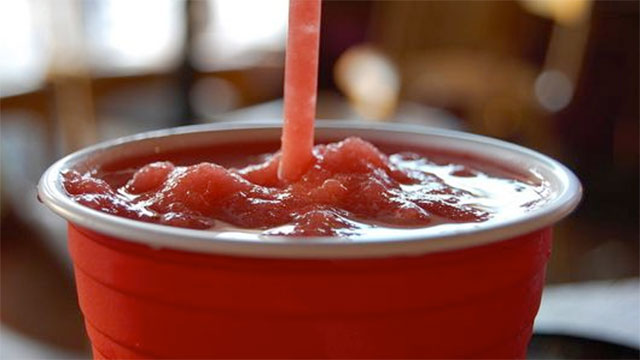 hackcollege.com
hackcollege.com Basically anything with red coloring contains ground up, carmine filled abdomens from bugs that were most likely killed by immersion in hot water.
L-Cyesteine
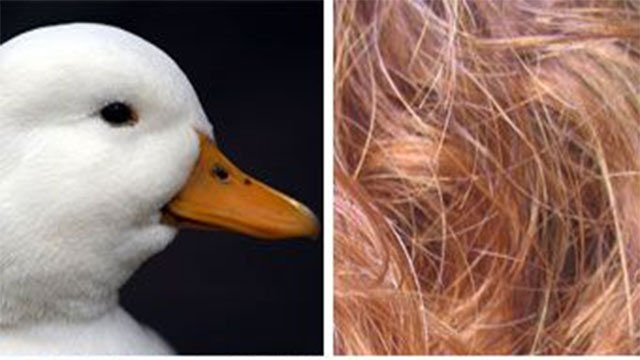 straightdope.com
straightdope.com Often found in mass produced bread products this is actually an amino acid collected from either duck feathers or human hair.
Isinglass
 beeradvocate.com
beeradvocate.com Made from dried fish bladders this ingredient gives beer its golden hue.
Beef Fat
 hostessbrands.com
hostessbrands.com What’s wrong with beef fat you ask? Well nothing, until you find out that it’s one of the many strange ingredients you consume in a twinkie.
Rennet
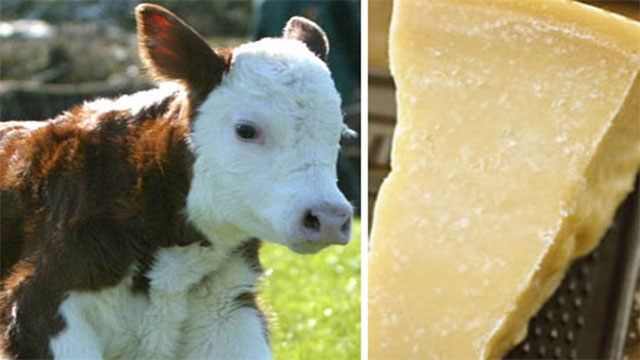 wikipedia.org
wikipedia.org AKA calf stomach; this stuff is used to make cheese.
Coal tar
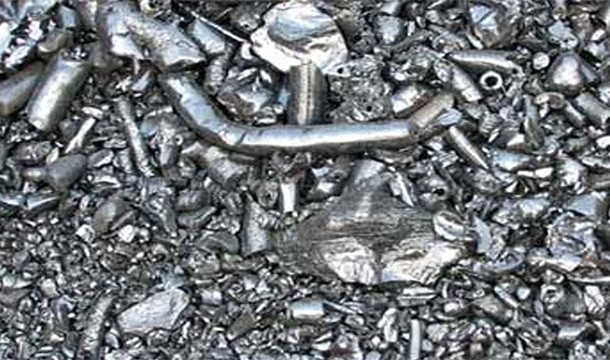 wikipedia.org
wikipedia.org Number 199 on the United Nations list of most dangerous goods, it was once a very common source of red food coloring.
Sorbitol
 wikipedia.org
wikipedia.org A sugar alcohol used in medicines, gums, mouthwash, and even cigarettes, sorbitol is actually a laxative when consumed in large quantities
Phosphoric Acid
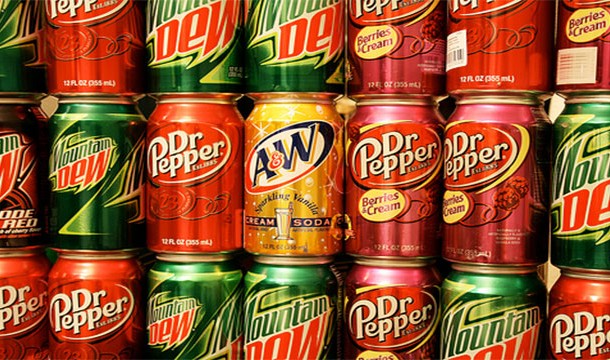 wikipedia.org
wikipedia.org The same substance that gives soda its acidity is also used to remove rust and power fuel cells.
Polydimethylsiloxane
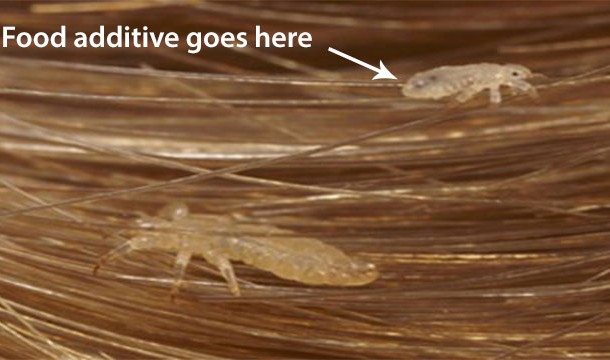 cdc.gov
cdc.gov Aside from being a relatively common food additive, other places that you’ll find it include dry cleaning solutions, silly putty, and head lice treatments.
Xanthan Gum
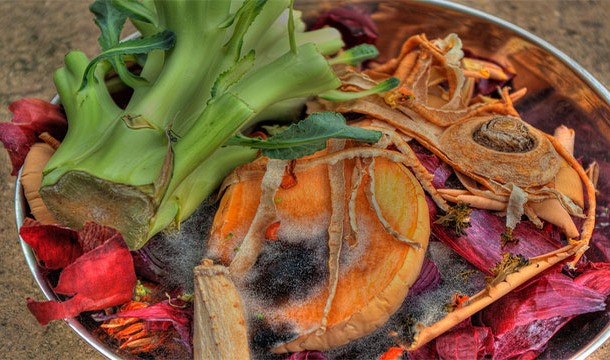 flickr.com
flickr.com Found in dairy products, sauces, and salad dressings, this is basically the same bacteria that eat rotting vegetables.
Gelatin
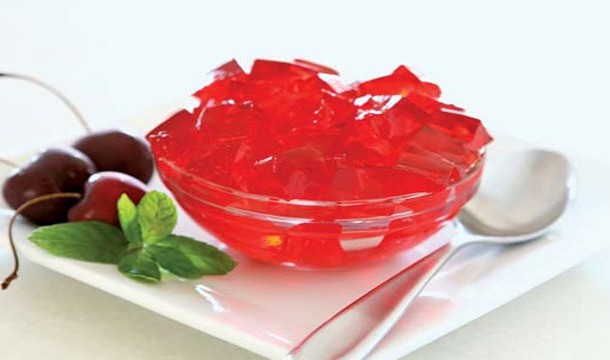 kraftrecipes.com
kraftrecipes.com Used in a number of sweets and jello products, gelatin is about 50% boiled pig skin and 25% cow bones.
Potassium Bromate
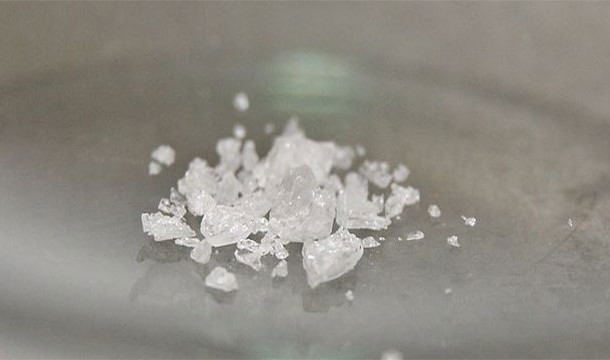 wikipedia.org
wikipedia.org Normally used to enhance flavor this categroy 2B carcinogen may be hard to find outside the United States. The EU, Brazil, Nigeria, Peru, and even China have banned it.
MSG
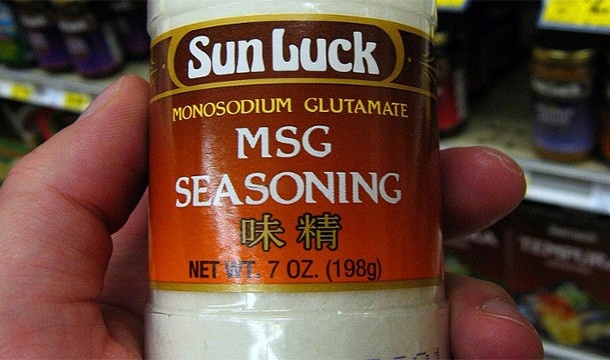 msgtruth.org
msgtruth.org While most people know there is MSG in their Chinese takeout they don’t know why. It’s actually there to enhance flavor. MSG does have a flavor of its own as well. It is known as “umami” and interestingly enough has been claimed to be the 5th major taste (sweet, sour, salty, and bitter being the other four).
Lanolin
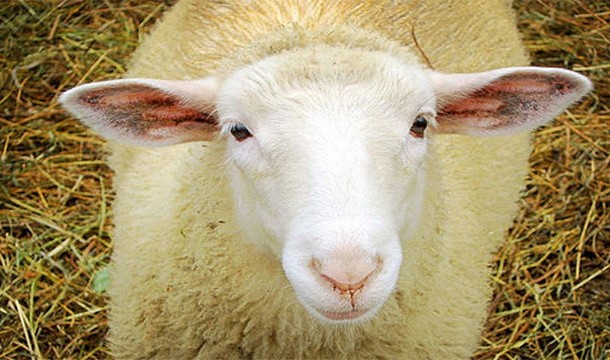 isobar.fi
isobar.fi Commonly used to soften chewing gum this is an oily secretion found in sheep’s wool.
Calcium triphosphate
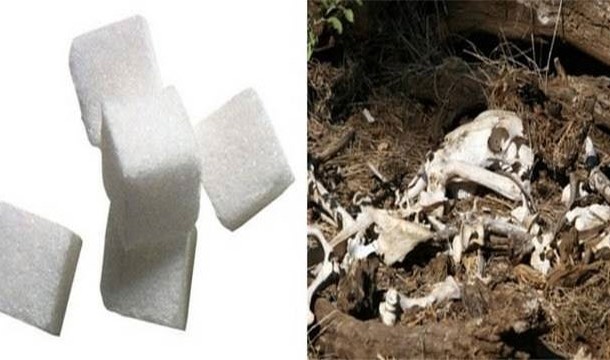 wackyowl.com
wackyowl.com A fancy word for bone char, which is basically the ashes of burned animals, it is often used to filter sugar.
Shellac
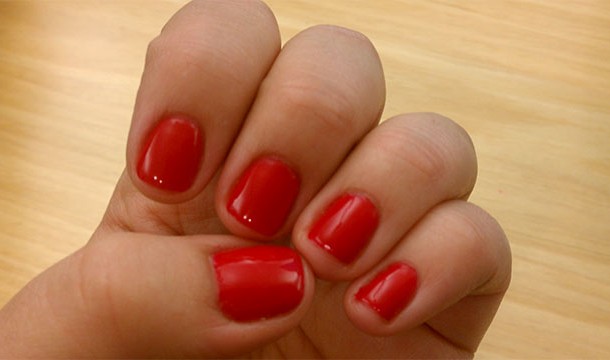 gumtree.com
gumtree.com Nearly every candy with a shiny outer layer is covered in the refined secretions of kerria lacca insects, otherwise known as shellac. Of course, most people are probably familiar with its use in nail polish and cosmetics.
Ammonium Sulfate
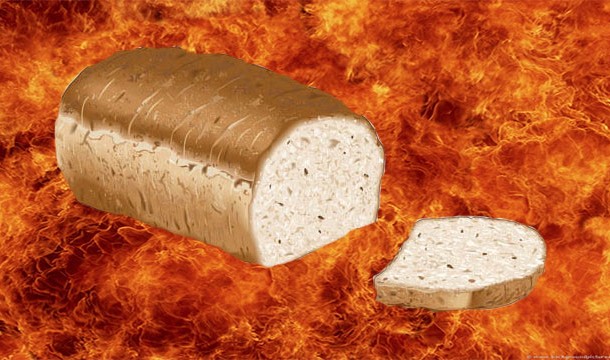 list25
list25 If a little bit of fertilizer got through to our food that would be understandable, but this stuff is basically poured into bread dough by the gallon. Why? It makes the yeast more consistent. Oh yea, it’s also flame retardant. At least you can’t burn the bread, right?
rBGH
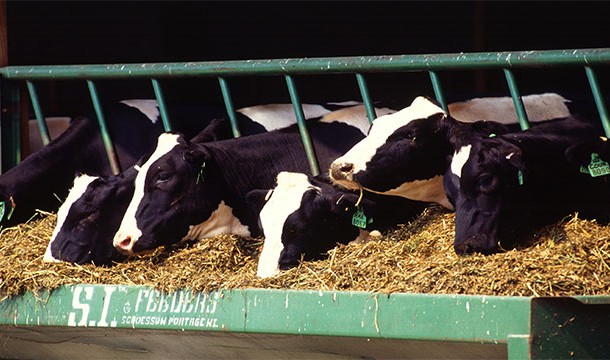 wikipedia.org
wikipedia.org Whether or not it is good for you is up for debate but the fact remains – if you live in America then yours is the only developed country on Earth that lets you drink cows given this hormone.
Sodium Nitrate
 wnd.com
wnd.com This popular food preservative is also used in fireworks and pyrotechnics.
Polysorbate 60
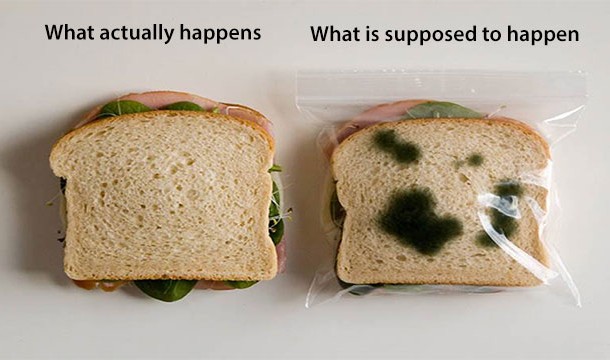 List25
List25 Sometimes used as a substituted for diary products in baked goods, this substance doesn’t spoil. Think about that for a second…not even bacteria wants to touch it.
Carrageenan
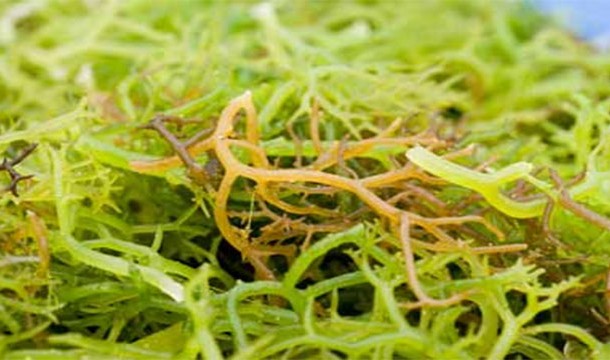 howstuffworks.com
howstuffworks.com It is made of seaweed and is used as a vegetarian alternative to gelatin.
High Fructose Corn Syrup
 list25
list25 While it may not be too strange that it is in your food, the fact that it has nearly replaced sugar as the primary sweetener in the Western Hemisphere is a bit mind boggling.
BHT
 List25
List25 Also known as Butylated hydroxytoluene, this organic compound is used as an antioxidant additive in everything from jet fuel to breakfast cereal.
Silicone Dioxide
 wikipedia.org
wikipedia.org It’s often used in restaurants as an anti caking agent for making chili, you may recal the more common name of this substance from high school chemistry class – sand.
Castoreum
 xpats.com
xpats.com Collected from the secretions of a beaver’s anal gland this substance is quite often used in vanilla ice cream



























